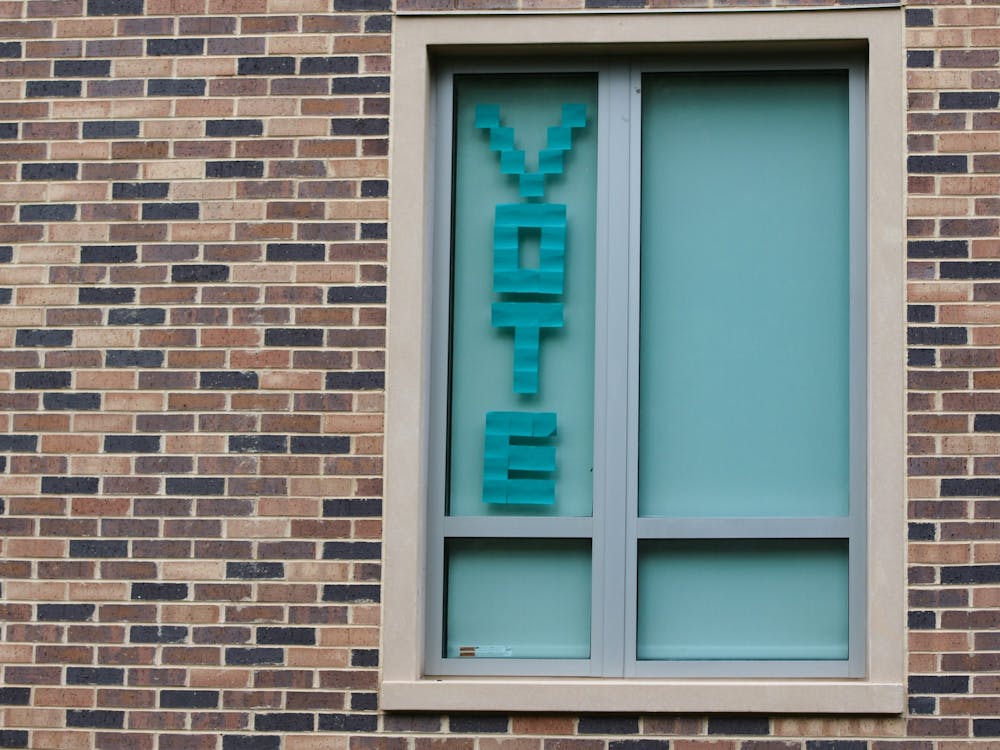More than 248,000 mail-in ballots have already been cast in North Carolina, with Durham County at more than 14,000.
North Carolina voters have cast 248,400 absentee ballots as of Sept. 28, compared with 191,606 total absentee ballots cast in the 2016 general election, according to the state board of elections. With in-person absentee voting—also called early voting—starting Oct. 15, all of the current absentee ballots have been cast by mail.
Of the ballots cast in the state, 14,031 have come from Durham County, more than all but two other counties in the state, with only Mecklenburg County—which includes Charlotte, the state’s largest city—and Wake Country—which includes Raleigh and Cary—surpassing Durham County’s total.
North Carolina does not release party affiliation data for ballots cast on the county level, but registered Democrats have cast 53.95% of all of the mail-in ballots so far, well ahead of both unaffiliated voters and registered Republicans, who have turned in 29.48% and 16.29% of ballots respectively.
Voting by mail in North Carolina and across the nation has become more popular in the 2020 election, due to concerns regarding the spread of coronavirus. Through Sept. 27, 1,076,247 North Carolinians have requested absentee ballots, or more than one in every seven registered voters in the state.
The formal absentee ballot counting process by county boards of elections does not begin until Sept. 29, when the boards can start to meet to review ballots, meaning that no ballots have been formally rejected for missing information—including signatures and witness information. As ballots are mailed back by voters, county election staff have instead conducted a hand-eye review of the outside of the envelopes for curable mistakes such as a missing signature or witness information, DemocracyNC Advocacy Director Alissa Ellis said.
Ballots cast by non-white voters have been flagged at higher rates during this initial review process. White voters have returned 182,312 ballots and had 1.1% of ballots flagged for curable mistakes, according to the U.S. Elections Project. Black voters have returned 41,551 ballots and had 4.3% of ballots flagged. Hispanic voters have returned 4,389 ballots and had 3.1% of ballots flagged.
“Disproportionality is something we’ve seen historically [in North Carolina], and other states as well,” Ellis said.
Most of the ballots were rejected because voters made mistakes or failed to fill out witness information, according to FiveThirtyEight. North Carolina has a long history of racially motivated voter suppression and disenfranchisement efforts, which have created lasting effects in the state, and Ellis said that the disparity could be connected to historical voting trends.
“Historically, it was predominantly white voters who chose to vote by mail,” Ellis noted. “The vote-by-mail process is complicated, especially if it is your first time voting by mail. While North Carolina has tried to streamline the process, mistakes are most likely to be made by first-time voters.”
After an August court ruling by U.S. District Court Judge William Osteen, county boards of election in North Carolina must give voters a way to resolve issues that could prevent their ballots from counting. Under the North Carolina State Board of Elections’ rules, county boards will reach out to voters to let them know about issues, assuming that they have contact information on file.
“Counties are getting a high volume of absentee ballots, and what they are doing is evaluating the outside of the container envelope,” Ellis said. “And if there are certain issues, they are notifying voters of those issues and providing them an opportunity to fix them. And then, once the voter completes the care process, which is a care certificate, the vote will be processed.”
In response to the COVID-19 pandemic, the North Carolina State Board of Elections has changed the mail-in voting process to make it more accessible to voters. Notable changes include the decrease from two witness signatures required to one, the introduction of an online portal to request absentee ballots, and the use of a service called BallotTrax to communicate updates to voters and allow voters to track their ballot.
For more election coverage from across North Carolina, visit One Vote North Carolina, a collaborative of The Chronicle and six other student newspapers that aims to help college students across the state navigate the November election.
Get The Chronicle straight to your inbox
Signup for our weekly newsletter. Cancel at any time.

Kathryn Thomas is a Trinity junior and news editor of The Chronicle's 118th volume.

